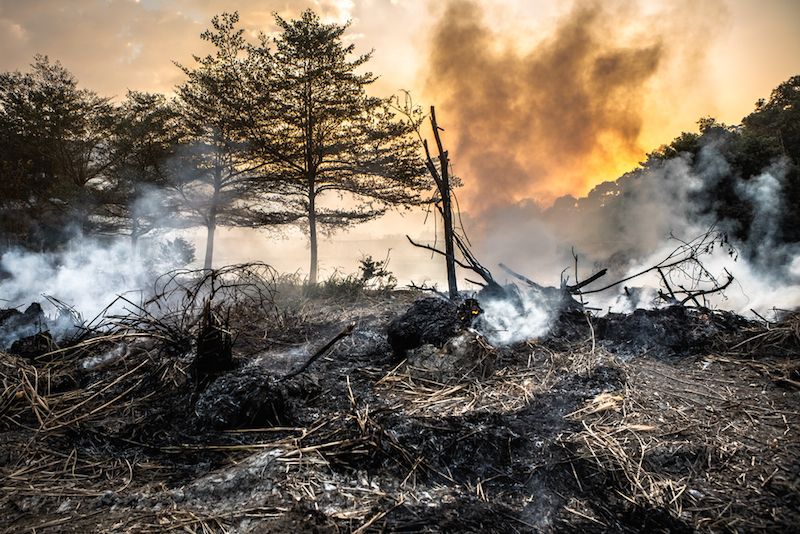Computer scientists have created an artificial intelligence (AI) program that can predict the onset of catastrophic tipping points — and they want to use it to forecast ecological collapse, financial crashes, pandemics and power outages.
“If an upcoming critical transition can be forecast then we can prepare for the shift or perhaps even prevent the transition, and thus mitigate damage,” senior study author Gang Yan, a professor of computer science at Tongji University in China, told Live Science. “This motivated us to develop an AI approach to predict the onset of such sudden transitions far before it happens.”
The researchers published their findings July 15 in the journal Physical Review X
Tipping points are sudden shifts beyond which a localized system, or its environment, changes to an undesirable state from which it is difficult to return. For instance, if the Greenland ice sheet were to collapse, it would also reduce snowfall in the northern part of the island, drastically raising sea levels and making large parts of the sheet irretrievable.
Yet the science behind these dramatic transformations is poorly understood and often based on oversimplified models, making accurate predictions difficult. Previously, scientists used statistics to gauge the diminishing strength and resilience of systems by their growing fluctuations. But the results from studies that use such statistical methods are controversial.
Related: Would you prefer AI to make major life decisions for you? Study suggests yes — but you’d be much happier if humans did
To search for a more precise way to predict dangerous transitions, the researchers behind the new study combined two different types of neural networks, or algorithms that mimic the way information is processed in the brain. The first broke down complex systems into large networks of interacting nodes before tracking the connections between the nodes; and the second followed how individual nodes changed over time.
“For example, in a financial system, a node could be a single company; in an ecological system, a node could stand for a species; in a social media system, a node could denote a user, and so forth,” Yan said.
Because tipping points are hard to predict, knowing where to look for them is equally difficult, making real-world data on abrupt critical transitions scarce. To train their model, the researchers instead turned to tipping points within simple theoretical systems — including model ecosystems and out-of-sync metronomes that, given enough time, begin to swing together.
Once their neural network had guzzled enough data, the researchers gave it a problem from the real world: the transformation of tropical forests into savannah. Taking more than 20 years of satellite data from three regions in Central Africa that made this sudden transition, the scientists fed the algorithm information on rainfall and tree coverage in two of the regions.
From that data the AI accurately predicted what happened in the third region, even when 81% percent of the systems’ nodes (in this case chunks of land) went unobserved, the researchers said.
Having successfully predicted one tipping point, the researchers are now looking for ways to deconstruct the algorithm’s black box to find the patterns it spotted. They then hope to apply their model to other systems such as wildfires, pandemics and financial crashes.
One challenge in predicting systems involving humans is that we learn about and react to our own forecasts, feeding our predictions back into our behavior in complex ways.
“For instance, consider urban transportation: while it may be straightforward to identify congested roads, announcing real-time congestion information to all drivers can lead to chaos,” Gang said. “Drivers may immediately alter their routes in response to the information, which might relieve congestion on some roads but simultaneously create congestion on others. This dynamic interaction makes prediction particularly complex.”
To get around this problem, the researchers say they will instead focus on parts of human systems that are seemingly unaffected by our intentions. In the road network example, this could be done by looking at routes that are congested more because of their fundamental design rather than how drivers behave in them.
“Using AI to capture these fundamental signals can be valuable for making predictions,” Yan said. “Although predicting such systems is challenging, it is worthwhile because critical transitions in human-involved systems can have even more severe consequences.”













/https://tf-cmsv2-smithsonianmag-media.s3.amazonaws.com/filer_public/d1/82/d18228f6-d319-4525-bb18-78b829f0791f/mammalevolution_web.jpg)






Discussion about this post